The 18th China Changchun Film Festival (CCFF) kicked off on Monday evening in Changchun, the capital city of Jilin Province, under the theme of "New Era, New Cradle, New Power, New Breakthrough." Ten awards, including those for best film, director, actor and actress, and best screenplay, will be presented during the festival.
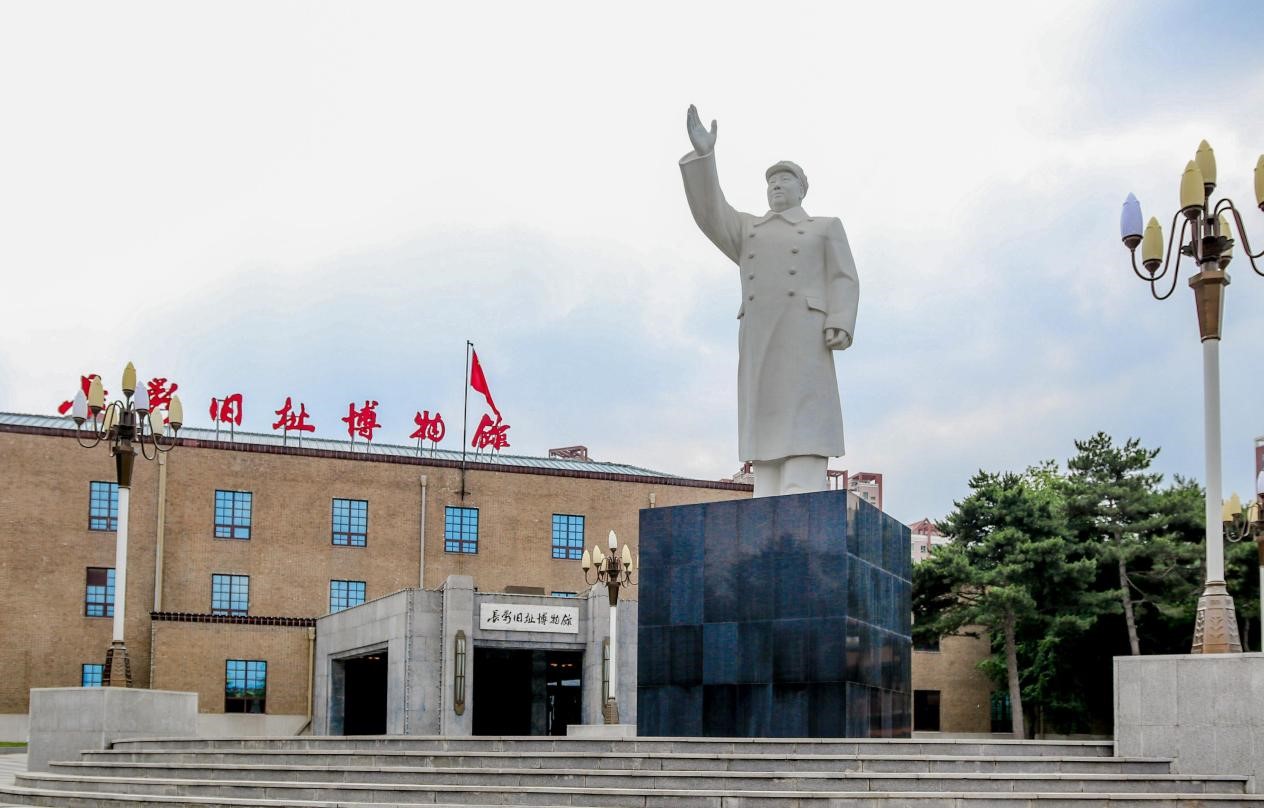
The outside view of the Changchun Film Studio Museum. /CGTN
The outside view of the Changchun Film Studio Museum. /CGTN
And here at the Changchun Film Studio Museum, this must-visit place for film fans has drawn visitors from around the world over the years. The museum was built on the site of an old film studio dating back to 1937, where it provides a showcase for the many remarkable achievements made by the country's film industry.
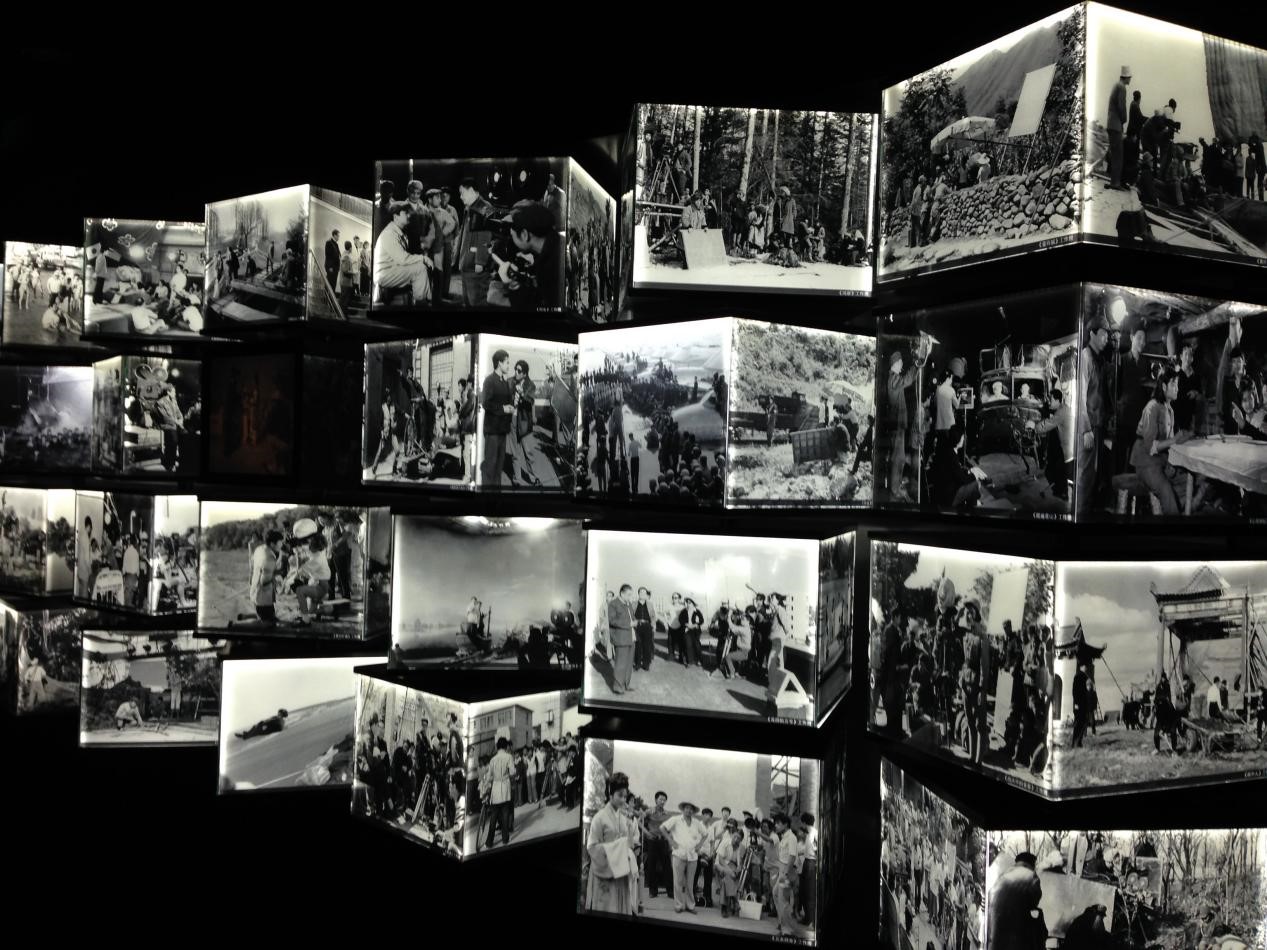
Over the past few decades, Changchun film studio has produced more than 1,000 feature films and more than 1,000 dubbed ones, as well as numerous cartoon and puppet films. /CGTN
Over the past few decades, Changchun film studio has produced more than 1,000 feature films and more than 1,000 dubbed ones, as well as numerous cartoon and puppet films. /CGTN
The building of the museum itself is very special. The film studio was built during the Japanese occupation, simulating the design of Germany's Ufa Film Studio, and was completed in 1939. With the Japanese surrendered in 1945, it was renamed the Northeast Film Studio, and in 1955 its name was changed to the Changchun Film Studio. The building itself has taken on many roles in modern Chinese history, and the history of film making.
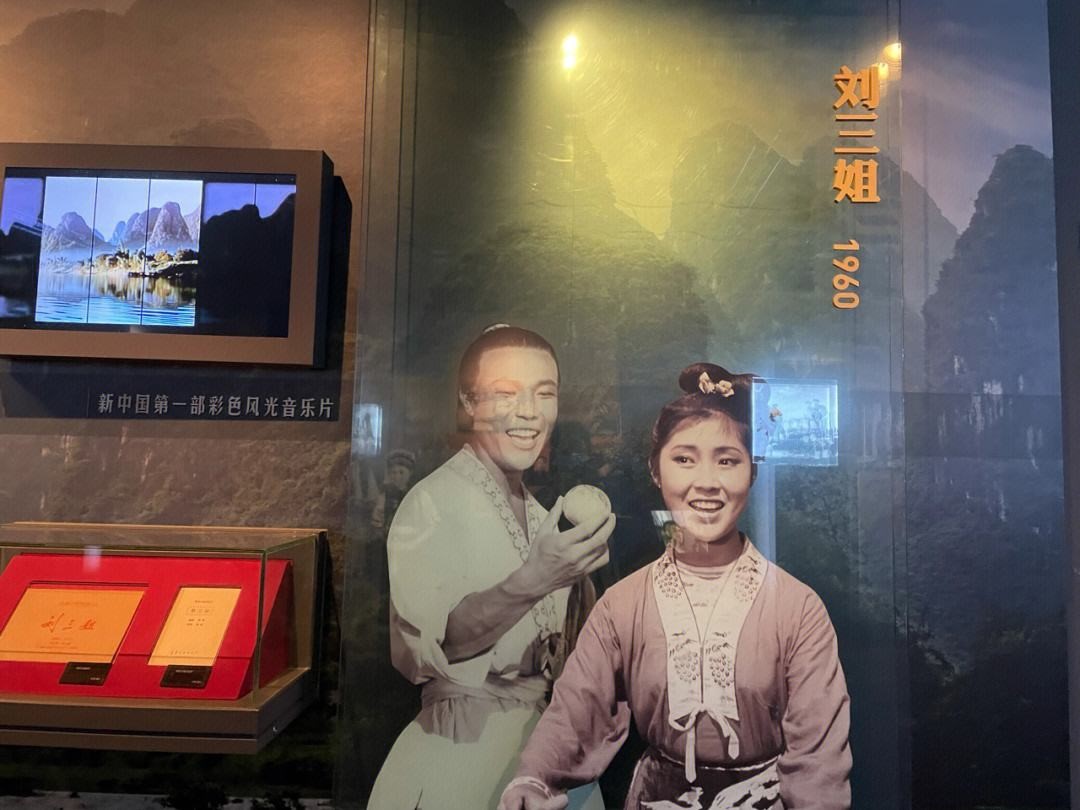
The film art gallery re-creates several classic scenes from the most popular Chinese films from the 1950s onwards, by broadcasting film soundtracks and creating statues of major film characters. /CGTN
The film art gallery re-creates several classic scenes from the most popular Chinese films from the 1950s onwards, by broadcasting film soundtracks and creating statues of major film characters. /CGTN
Over the past few decades, Changchun Film Studio has produced more than 1,000 feature films and more than 1,000 dubbed ones, as well as numerous cartoon and puppet films. It has not only produced a large number of excellent movies, but, as one of the cornerstones of the Chinese film industry, it has also cultivated numerous talents in filmmaking sector.
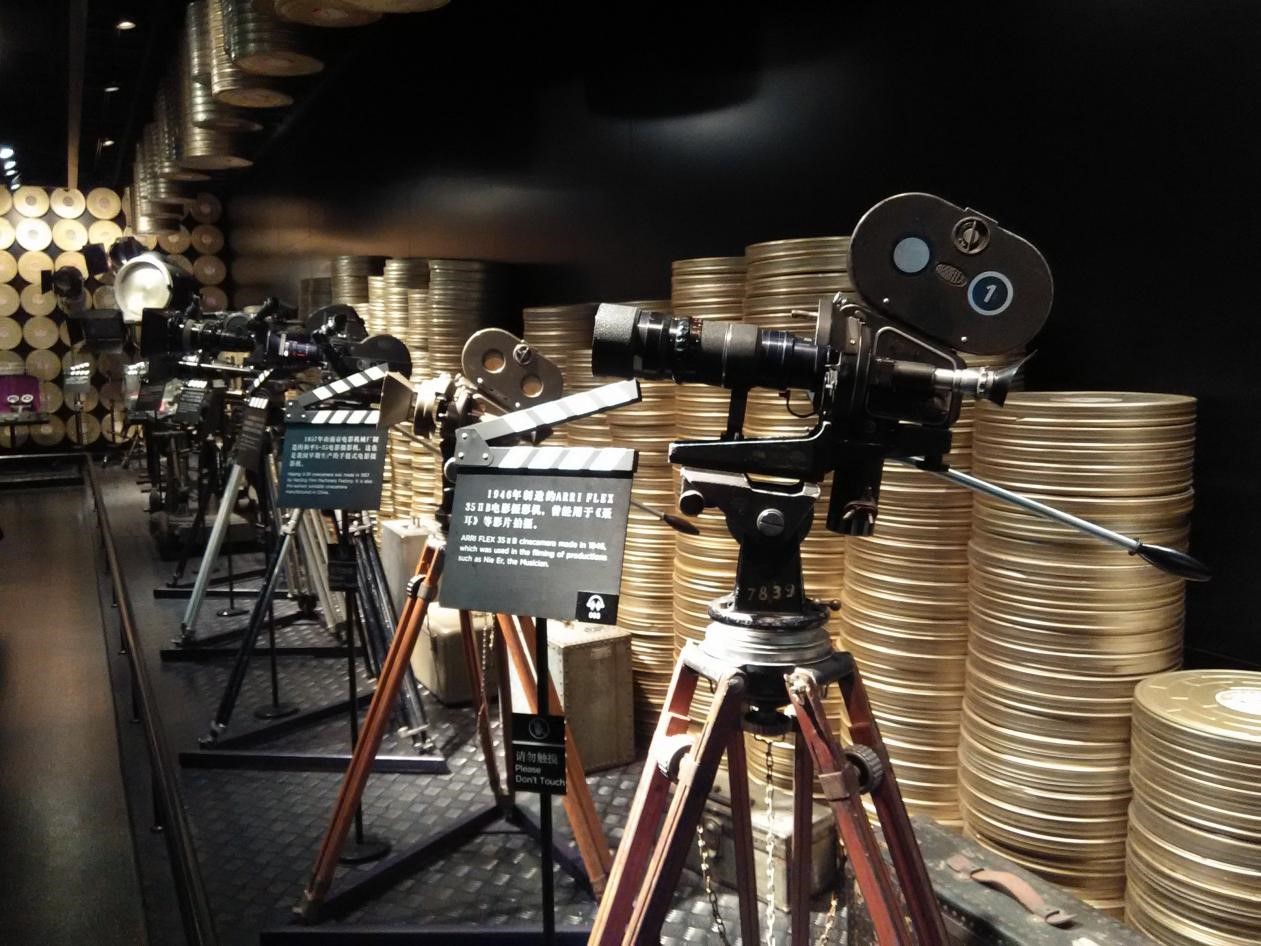
Old cameras are showcased at the Changchun Film Studio Museum. /CGTN
Old cameras are showcased at the Changchun Film Studio Museum. /CGTN
Entering the 21st century, Changchun Film Studio started to focus more on cultural tourism, TV production and the film distribution industry, but film production remained as its core business.
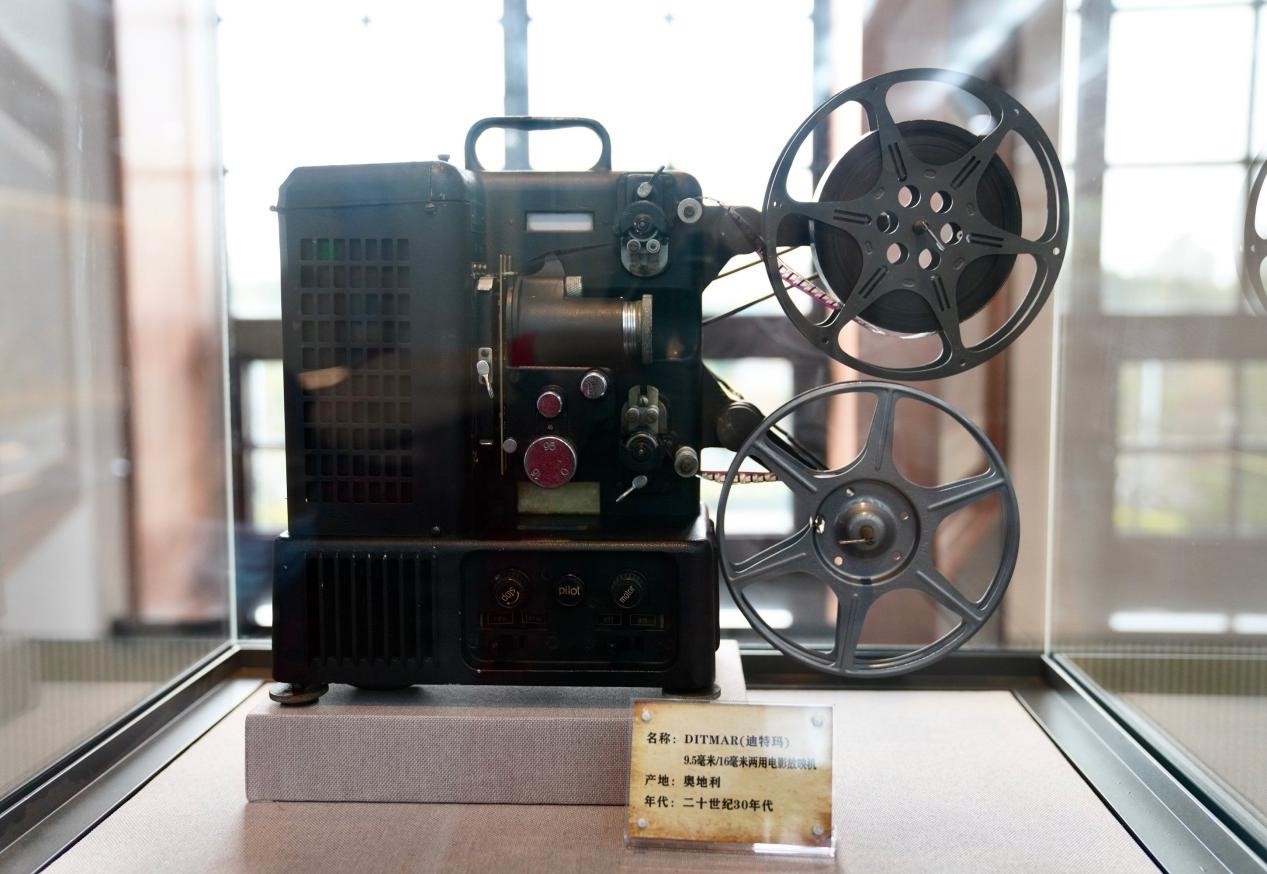
A film projector dating back to the 1930s is on display at the Changchun Film Studio Museum. /CGTN
A film projector dating back to the 1930s is on display at the Changchun Film Studio Museum. /CGTN
"A good movie will entertain, educate and encourage the viewer in some ways. They make us think. They make us compassionate. They inspire us to assist others and to try and do good to and for humanity," said Wang Zijia, a senior guide at the museum.
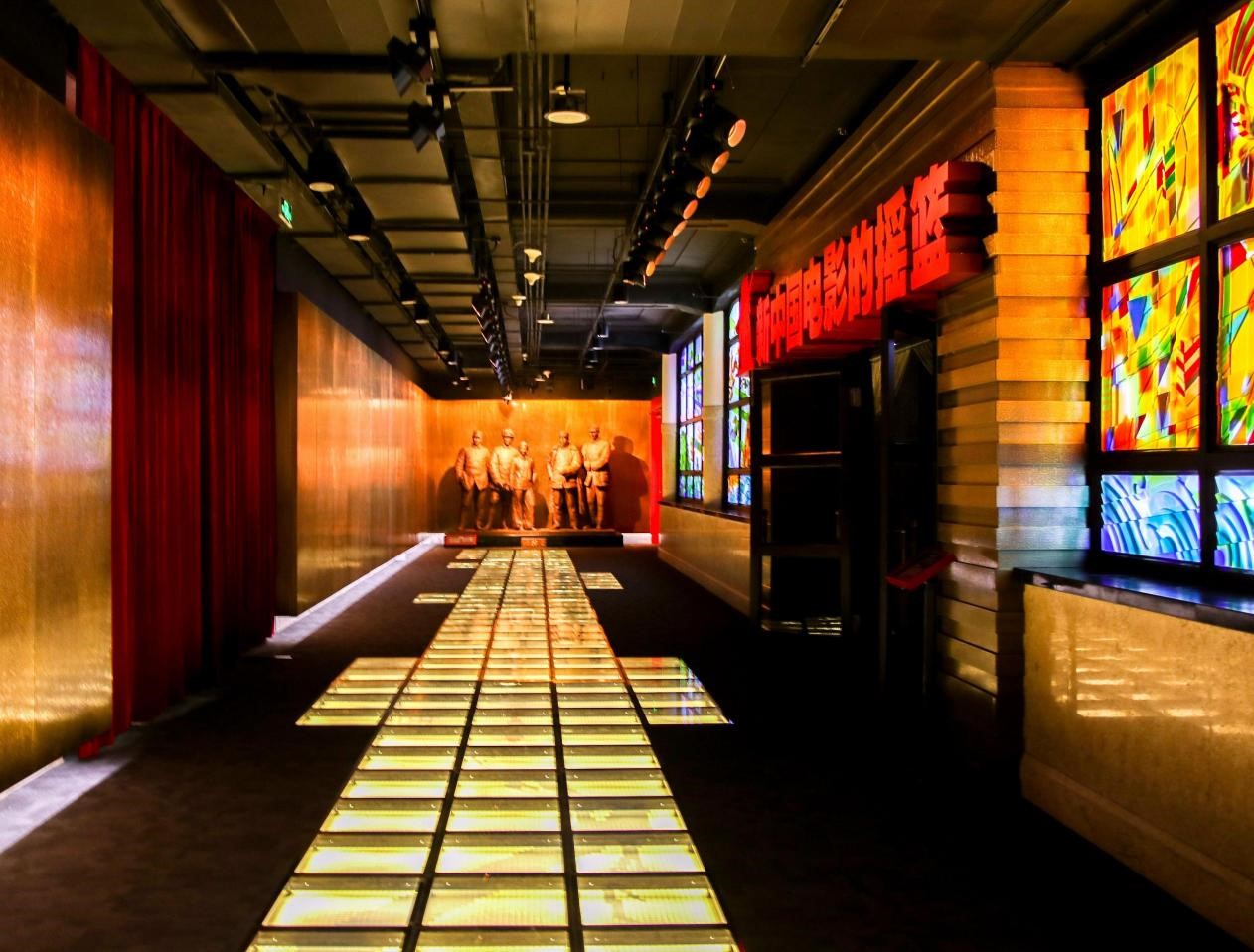
A view inside the Changchun Film Studio Museum. /CGTN
A view inside the Changchun Film Studio Museum. /CGTN
Some people say they "fall asleep" during older movies due to slower pace. In reality, this is just because older movies tend to go into more detail and provide much more background and explanation. Conversations were longer and usually filmed from the same angle, which makes it unsurprising that they might bore some audience members. "By studying how films were made and received, it helps us discover how creators and audiences responded to their moments in history," Wang further added.
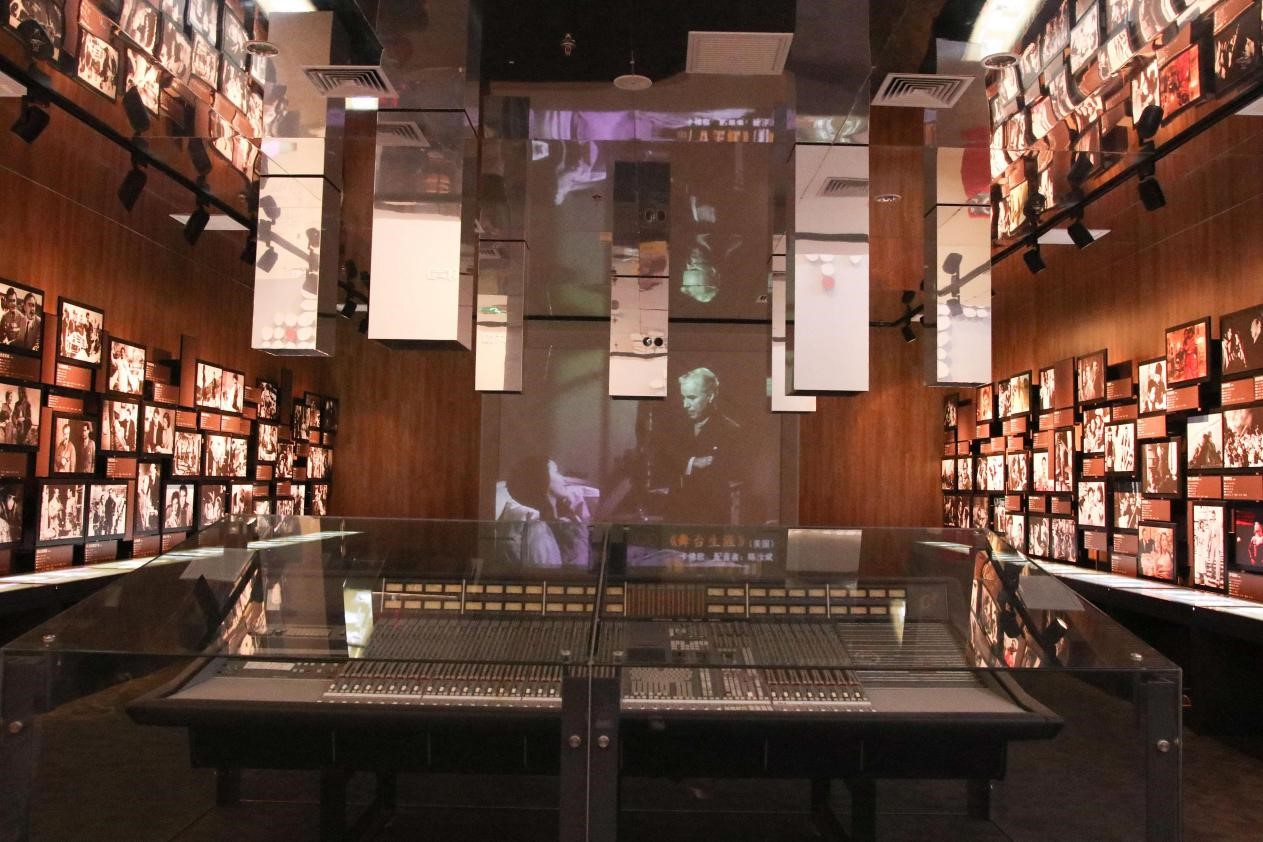
A view inside the Changchun Film Studio Museum. /CGTN
A view inside the Changchun Film Studio Museum. /CGTN
Today, the studio has a new look as well as new functions, and it includes a local film gallery, a gallery for translated films, studios and art cinemas. The old part of the studio was transformed into a theme park for old movies. The film art gallery re-creates several classic scenes from the most popular Chinese films from the 1950s onwards, by broadcasting film soundtracks and creating statues of major film characters.